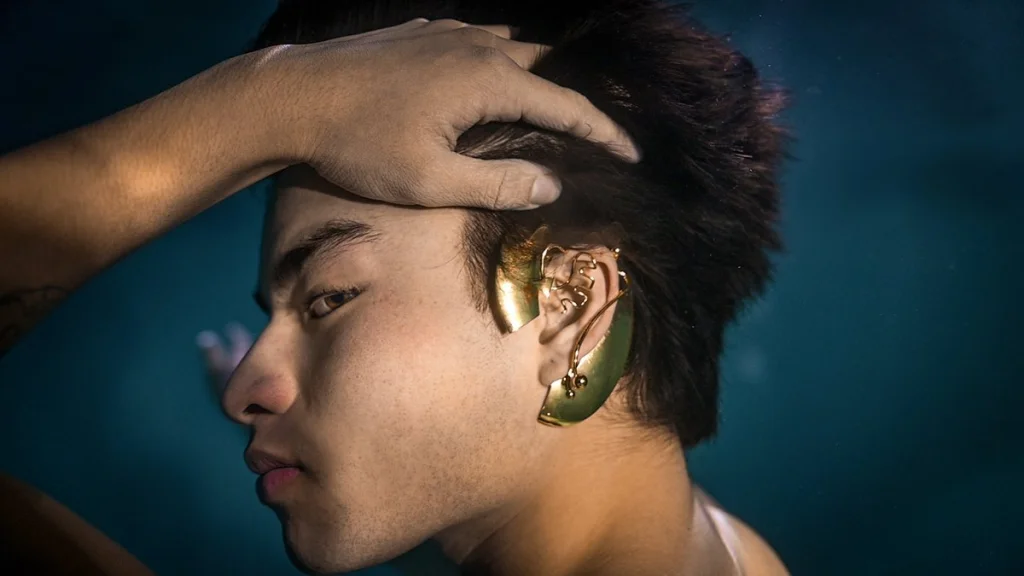Expanding the breadth of hearing aid design beyond discretion opens possibilities for imagining how fashion and style merge to celebrate, rather than diminish, deaf identity. Some people prefer concealable aids, and that’s OK too; deaf experience is a spectrum and there’s no one way of being deaf. However, moving away from the expectation that assistive technologies need to be concealed or minimised requires a shift in how we perceive disability. That is, disability isn’t the opposite of ability. It’s a variation in the human condition, a boundless way of interacting in the world. It’s beauty in all forms, but it’s underrepresented and stigmatised in the media. Shifting our expectations for design-as-discretion will thus radically transform how disabled people are represented in society, and disintegrate ableist stereotypes.
Read my essay on technological design and disability on Psyche.

Leave a comment